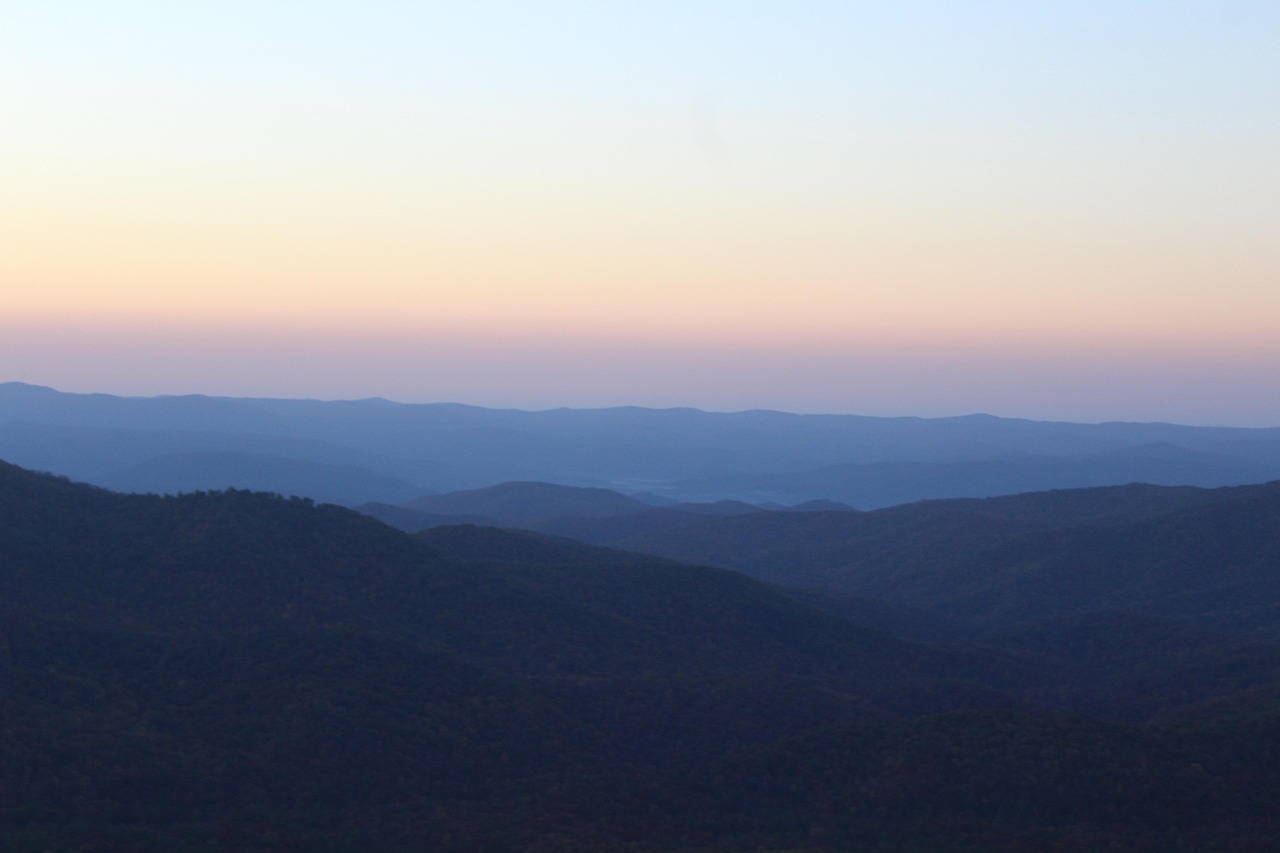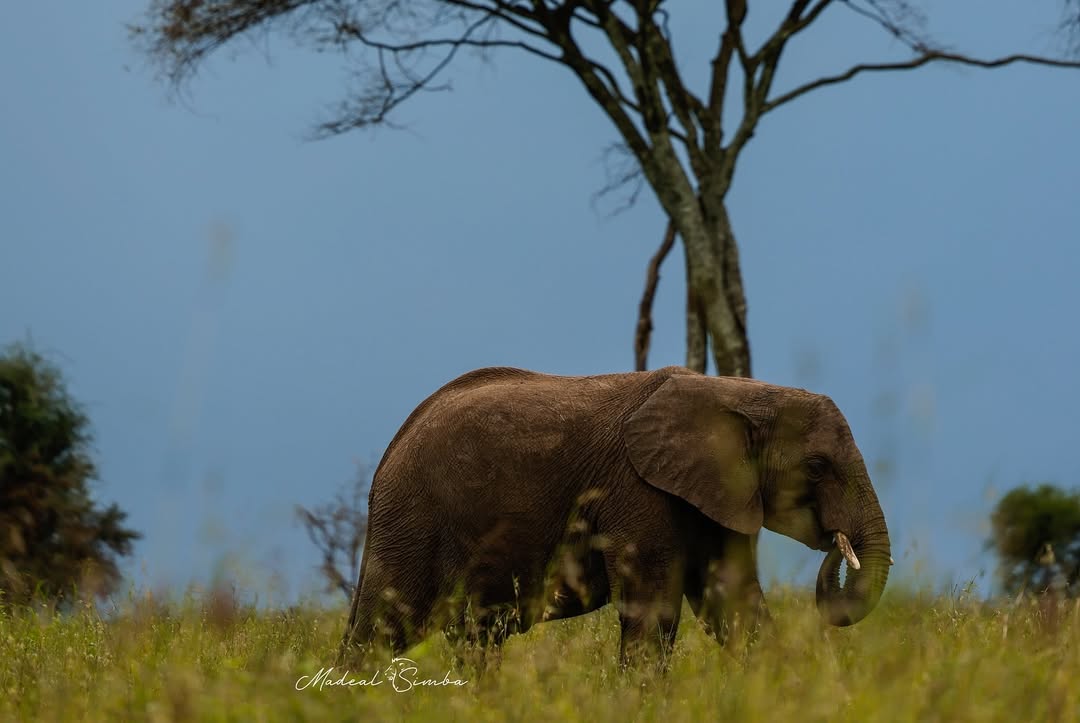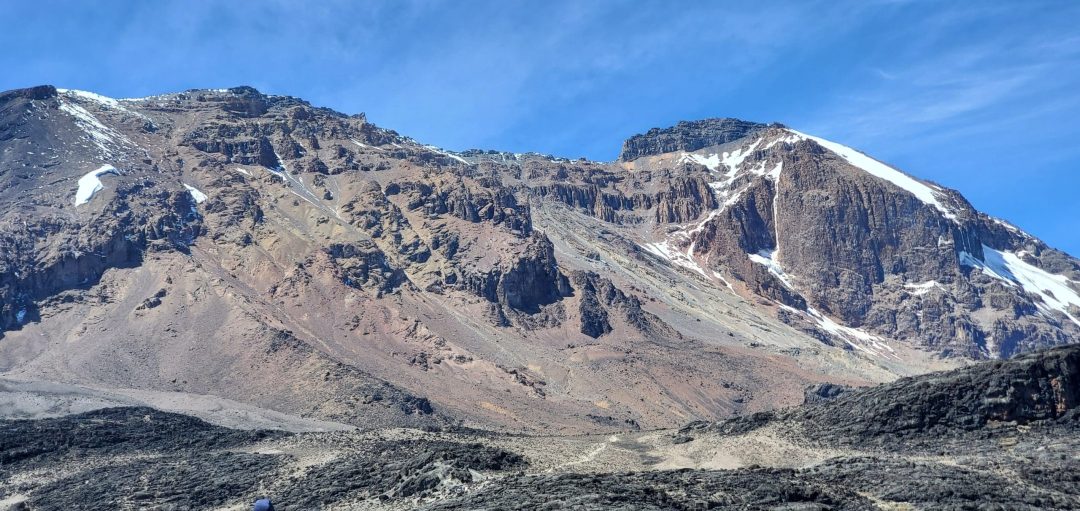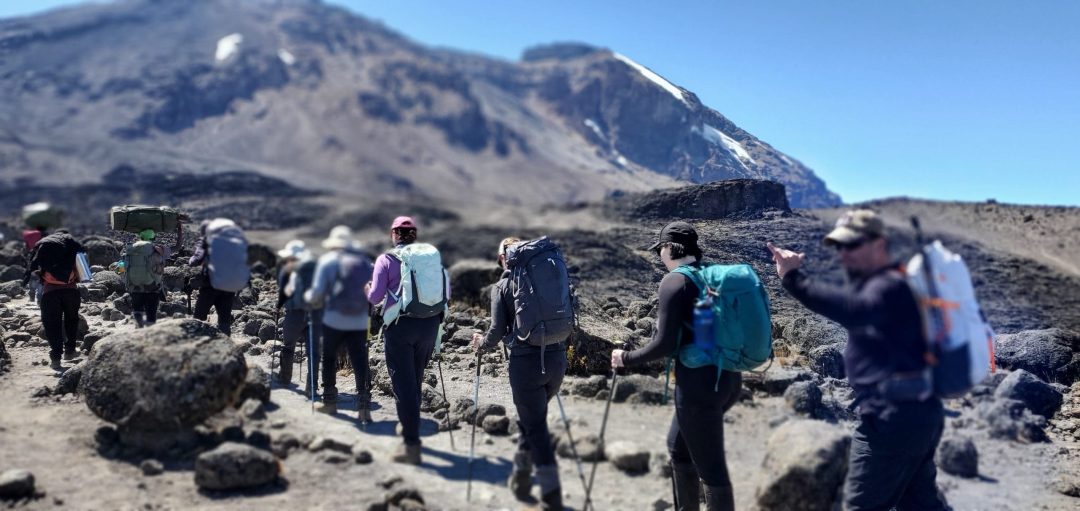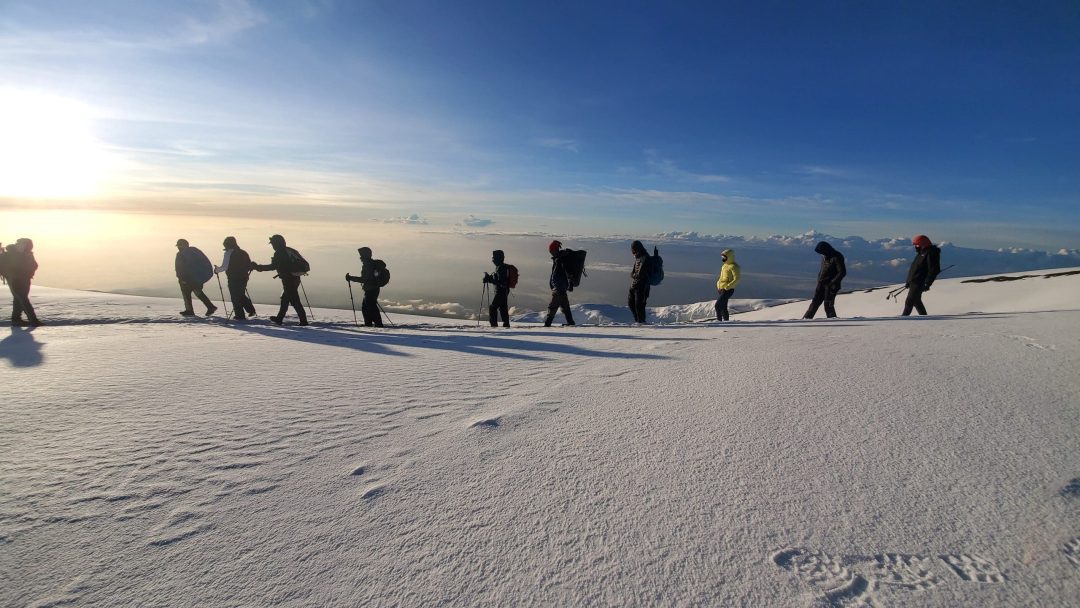The Appalachian Mountain Range is one of the most iconic natural wonders in North America. But, there is more to it than just being a series of mountains.
Often referred to as just Appalachians, these mountains are a living chapter of American history. Formed some 480 million years ago, the range serves as a hub of rich cultural heritage and is home to many myths and legends.
Spanning across several US states, these mountains have had a massive influence on local culture. They also serve as a site of tourist attraction, drawing millions of visitors every year.
Location and Key Features of The Appalachian Mountain Range
While most of the Appalachians are in the US, they run through 3 countries: Canada, the US, and Saint Pierre and Miquelon (which France owns).
In the US, the mountains run through: Alabama, Connecticut, Georgia, Kentucky, Maine, Maryland, Massachusetts, New Hampshire, New York, New Jersey, North Carolina, Ohio, Pennsylvania, South Carolina, Vermont, Tennessee, Virginia, and West Virginia.
In Canada, they run through the provinces of Quebec, Newfoundland, Nova Scotia, and New Brunswick.
A small part also runs through Saint Pierre and Miquelon.
Subregions of the Appalachian Range

The range is divided into three subregions: the Northern, Central, and Southern sections.
The Northern section includes some provinces in Canada and some states in the U.S. This section is filled with thick forests and has rough terrain. By contrast, the Central region is entirely on American soil, stretching across states such as Maryland, Pennsylvania, and portions of West Virginia. This region is also home to the popular Ridge and Valley area.
Like the central region, the southern region is also entirely in the United States and includes states like Georgia, North Carolina, and Tennessee.
How Long Is the Appalachian Mountain Range?
The Appalachian Mountain range spans about 2,050 miles (3,300 kilometres) in length. About 1,700 miles (~2,736 kilometres) in the US, 350 miles (~563 kilometres) in Canada, and about 10 miles (16 kilometres) in Saint Pierre & Miquelon.
Stretching from Newfoundland in Canada to central Alabama in the United States, the highlands act as a natural spine, forming state borders and influencing how people settle around.
What Is the Highest Mountain in the Appalachian Mountain Range?

The Appalachian range has more than 37,000 peaks, and the highest peak is Mt. Mitchell, in North Carolina, US. Mt. Mitchell stands at 6,684 feet (2,038 meters) and isn’t just the highest mountain in the Appalachian Mountain Range but in all of eastern North America.
Following closely in second place is Mt. Craig, which stands at 6,647 feet (2,026 meters). Like Mount Mitchell, Mt. Craig is also located in North Carolina, U.S. Third on the list is Clingmans Dome, which stands at 6,643 feet (2,025 meters). Clingman Dome sits between North Carolina and Tennessee.
Another peak worthy of mention is Mt. Washington. While Mt. Washington stands at 6,288 feet and is lower in elevation, it is well known for its brutal weather and once held the record for the highest wind speed measured at the Earth’s surface.
The Appalachian Trail
Often confused with the range itself, the Appalachian Trail is a hiking trail that runs along or near parts of the mountain range. Arguably the most popular hiking destination in the U.S., the Trail allows people to experience the Appalachian summits up close.
Appalachian Folklore and Mythical Legends
Appalachian folklore features mysterious creatures known as Cryptids. One of them is Mothman, a large winged animal with glowing eyes. Another is the Wood Booger, a hairy, ape-like creature similar to Bigfoot. The Wood Booger was said to roam the wilderness areas.
Superstitions
Different superstitions guide life in the Appalachians. For instance, people are warned not to whistle in the woods at night. It is believed that doing so could attract evil spirits.
People are also advised not to look out of the windows if they hear unusual noises. And perhaps the most chilling part, if you listened to your name being called at night, you should not answer even if the voice sounded like that of a neighbour or family member. Locals believe that evil spirits use that trick to lure people.
Another common practice by locals is leaving coins at crossroads. It is believed that doing that will ward off evil or appease spirits that linger there. People also watch animal behaviour, especially during foggy mornings. Seeing unusual actions as warnings of impending danger.
Unexplained Disappearance
Not all stories about this area are folklore. Some are real, and sometimes, disturbing. Over the years, hikers and hunters have reportedly vanished without a trace. One popular case is that of Geraldine Largay, a 66-year-old hiker who went missing on the Appalachian Trail. A frantic search was made for her, but she was nowhere to be found until two years later, when her remains were discovered.
These disappearances have only added fuel to the eerie tales rooted in Appalachian folklore.
Appalachians vs Other Mountain Ranges in the USA
While the Appalachians have the highest peak in the eastern US, when compared with other mountain ranges in the USA and around the world, it falls short. In fact, they do not make the list of our tallest peaks in the continental United States.
But what makes the Appalachian Mountain Range special is not height and climate.
Ecological Biodiversity
One of the things that makes the Appalachians unique is their ecological biodiversity. These mountains are home to over 2,000 species of plants. This makes the Appalachians one of the most biodiverse temperate regions in the world. Rare and endangered animals such as the Bog Turtle, Yellow Lance Mussel, Indiana Bat, and Spruce-fir Moss Spider all have the Appalachians as their home.
Age and Geological Formation
At 480 million years old, the Appalachian range is among the oldest ranges in the world. This means that these highlands have gone through extensive erosion and different periods of continental collision. As a result, it has a distinct appearance compared to relatively young peaks.
So, unlike the sharp, jagged appearance of younger summits like the Rockies, the Appalachians have a more rounded and weathered appearance. The Appalachians are not just summits; they are a symbol of enduring resilience.
Recreation and Travel Experience
Another thing that makes the Appalachian Mountain Range unique is the way people feel when they are there. In contrast to the dramatic and extreme outdoor experiences people get in other mountain ranges in the USA, the experience in the Appalachians is more calm and soothing.
For example, in the Rockies and Sierra Nevada, recreational activities usually involve high-altitude mountaineering, skiing, and snowboarding. While in the Appalachians, recreational activities include fly-fishing, exploring historic towns, and extensive hiking (including the famous Appalachian Trail).
Appalachians Compared to Kilimanjaro

Height
Mt. Mitchell, the highest mountain in the Appalachian range, stands at 6,684 feet (2,037 meters) in height. In comparison, Mount Kilimanjaro’s height is 19,341 feet (5,895 meters). That is nearly three times the height of Mount Mitchell. But height isn’t the only thing that differentiates them. The climate and hiking experiences differ as well.
Climate
Kilimanjaro is a freestanding mountain and not part of a broader mountain range.
Hiking Kilimanjaro is a journey through different climate zones, ranging from forests to deserts and then icy zones near the summit.
The Appalachians, on the other hand, are an ancient, eroded system of ridges and valleys. The Appalachian mountain range has a consistent temperate climate throughout. And the trails are smoother and lower in elevation.
Hiking Experience
Depending on the route, it takes about 5-9 days to climb Mount Kilimanjaro. To climb Kilimanjaro, hikers need special gear. This is because some parts of the mountain are not easily accessible.
Additionally, hikers require guides and porters because the oxygen level decreases and the air becomes thinner near the summit. This makes altitude sickness a genuine concern.
On the other hand, most people don’t complete the entire Appalachian range. They only hike the popular Appalachian Trail, and that takes about 7 months to complete. There is no need for ropes, oxygen, or climbing tools. Most trails are easily accessible and can be completed with just hiking boots and a backpack.
In Closing
Beyond being a natural wonder, the Appalachian mountain range has also influenced American culture greatly.
The Appalachian Mountain Range is 480 million years old, making it the oldest mountain range in the United States. And with centuries of human settlement, these mountains have inspired music, literature, and even cuisine.
Music genres such as Bluegrass and Folk have their roots traced to this area. Renowned writers like Barbara Kingsolver and Ron Rash also have their works heavily influenced by their Appalachian roots.
Frequently Asked Questions
1. Where does the Appalachian Mountain Range start and end?
The Appalachian Mountains start in Newfoundland, Canada, and end in Central Alabama, United States.
2. How long is the Appalachian Trail?
The Appalachian Trail is about 2,190 miles (3,524 kilometres) long. The exact length of the trail can vary slightly each year due to maintenance and re-routing
3. Are there bears on the Appalachian Trail?
Yes, black bears are common along the entire length of the Appalachian Trail. While generally shy, hikers are advised to take precautions, such as storing food properly and knowing how to react if they encounter a bear.
4. Is the Appalachian Mountain Range the Oldest Mountain Range in the World?
While the Appalachian range is the oldest mountain range in the U.S.A., it is not the oldest range in the world. The Barberton Greenstone Belt in South Africa is believed to be over 3.5 billion years old and is the oldest mountain range in the world.



